In an era when time and space are extremely compressed, the speed of everything must be accelerated to meet people's ever-changing needs. The mobile phone industry is nothing more than that. For mobile phones, most people are concerned about the appearance of the design, screen, battery and other hardware areas are unable to quickly achieve breakthroughs in the existing conditions, in order to meet the needs of mobile phone rapid update iterations, but there are many mobile phone cameras to improve the space in this environment The sudden emergence of different forces has caused mobile phone manufacturers to focus on this.
From the perspective of consumers, factors such as the rise of social media have prompted people to develop new perceptions of "beauty" and "sharing." The frequency of use of cameras in mobile phones has risen sharply, and related picture processing applications have also been favored by people.
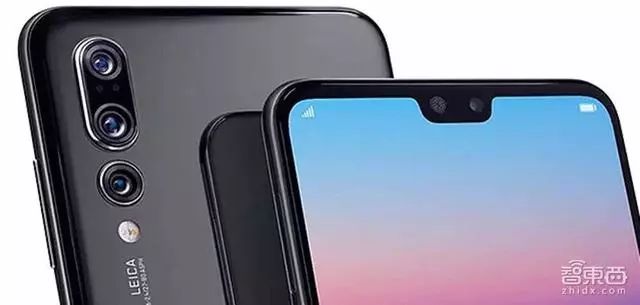
Huawei, one of the world's three major mobile phone manufacturers, will inevitably follow this trend and begin to make a fuss on the camera of the mobile phone. Two months ago, Huawei's newly-released P20 Pro featured a camera function as the first smartphone to use three camera devices (hereafter referred to as "three cameras") and was equipped with an AI function. DxOmark, a well-known camera evaluation platform in France, rated its camera function beyond all current mobile phones, including iPhone X, Google Pixel 2, and Samsung Galaxy S9 Plus. The platform also said that this phone set a new industry standard for camera devices in smartphones.
We interpreted the dismantling of the Huawei P20 Pro and interviewed the person in charge of the algorithm for Huawei's mobile phone camera. The in-depth analysis of the implementation of the three cameras and innovations in hardware and software, as well as its future direction.
Dismantling the phone to see three cameras
The famous American dismantling website iFixit announced details of the dismantling of the Huawei P20 Pro. The camera before being dismantled is like this, the elegant purple is dotted with shining eyes and is very cute:
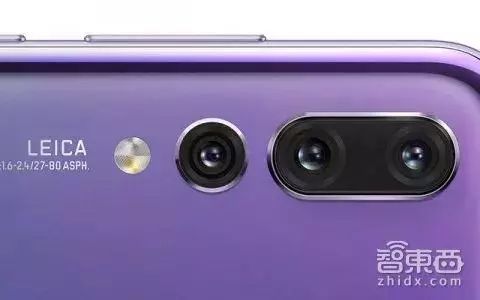
When we open the back cover of the phone, the camera block we see is this:
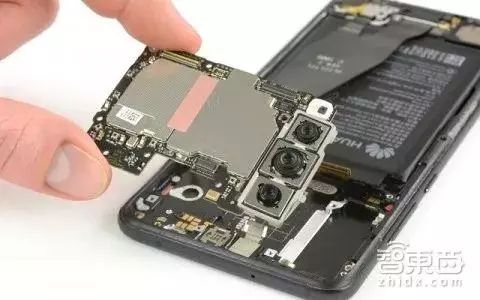
Compared to other Android phones, Huawei has designed smaller motherboards and wider batteries. The three cameras are designed as a module and are tightly connected to the main board, and the flash module is also dragged. The rear camera only designed two cables, the main camera and the black and white camera share a line, and the telephoto camera has a separate cable.
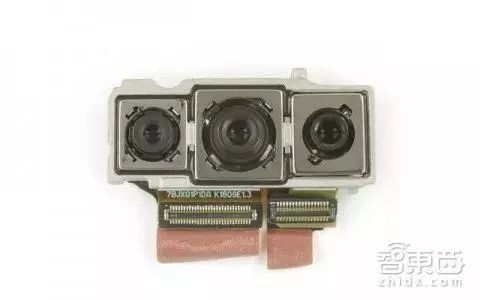
From the side, you can see the thickness of the three cameras, the left is 20 million black and white camera, the middle is 40 million wide-angle camera, the right is 8 million telephoto camera.
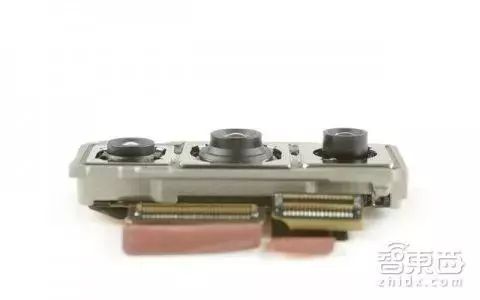
The three camera specifications are:
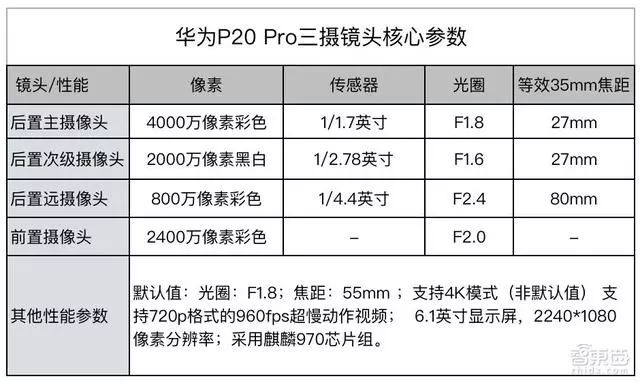
In addition to the conventional dual camera, Huawei has added an independent telephoto lens, which makes the shooting experience of the mobile phone more abundant and can capture long-distance images. Among them, the telephoto lens provides more than three times the focal length of the shooting, the main lens and sub-camera to provide three times below the focal length of the shooting. Unlike Apple, which has a portrait mode only twice or more than twice, Huawei offers portrait mode from double to triple. Moreover, the switching process of the focal length is smooth and does not make the user feel abrupt.
Huawei's three-shot focal length change is achieved by the cooperation between the lenses. The main lens provides one-fold focal length imaging and color. The sub-camera, that is, the black and white lens, can provide more clear picture quality and reduce noise, so that the picture under the cooperation of the two lenses is consistent with the picture under other focal lengths. Engineers responsible for R&D of camera algorithms from Huawei said: “The resolution of the image is achieved by algorithms. The device provides twice and three times the imaging, and the rest is achieved by algorithms.â€
The excellent quality of the lens components is a solid foundation for outstanding photos, but the supply chain components of the mobile phone industry chain are not much different. Algorithmic responsibility is the real force behind the gap. The implementation of the zoom function provides both hardware and algorithm problems. The engineer said: "First, the thickness of the lens used originally was large, and after the mobile phone was embedded, there was a situation in which the image quality was distorted. Therefore, Huawei specially customized a special thin lens, which not only increased the cost but also added difficulty to the algorithm work. ."
Interpretation of creative knowledge of three cameras
DxOmark Mobile believes Huawei P20 Pro is the most innovative handset camera device in recent time. Its innovation is not simply to add the third sensor and lens to the previous dual camera system, but to really stand out from the rest.
First, the sensor size of the main camera in the Huawei P20 Pro is 1/1.7 inch, while the size of the camera sensor in the Samsung Galaxy S9 is only 1/2.55". The former is about twice that of the latter. Therefore, despite the fact that f1.8 The advantage of aperture is not obvious in terms of size, but Pro's RGB main camera sensor can capture more light than the small size sensors used in most competing models, and like the previous Huawei high-end smartphones, the main sensor assists. Monochromatic sensors can also enhance the capture of light. Currently, this sensor is provided by Sony.

Second, the main camera sensor uses a 40-megapixel Quad Bayer structure. It inputs data in units of 2*2 pixels, producing a 10 million pixel image output.
Finally, the P20 Pro's optically stable telephoto camera stretches farther than the two telephoto cameras on the recent iPhone or Samsung Galaxy device with an 80 mm focal length. This technology enables a two-fold zoom by combining the main camera with 20 million monochrome auxiliary sensors to enrich the picture details. Engineers are also working on extending the P20 Pro's telephoto lens while still outputting 10 million pixels.

It can be seen that Huawei's three-in-one innovation is not only in hardware such as sensors and lenses, but also in software that interacts with two lenses.
In order to further enhance the image quality of the image, Huawei's algorithm engineers also invited many professionals in the photography field to provide training in photography expertise and propose amendments to the software. “We are not only seeking a sense of beauty in the world in terms of the richness of the colors of the image, but also working towards a deeper emotional expression in the future. I’ve seen a photograph taken with this phone that was passed in a dark tone. I felt greatly touched by a fuller emotion,†said the engineer.
Combining AI Talk Three Cameras
Since last September, Huawei has released the world’s first mobile AI chip, the Unicorn 970, which has been launched with five mobile phones equipped with AI technology. Respectively from the chip, application scenarios and software ecology, continue to promote their layout in the AI.
Previously, in terms of image processing, Huawei equipped an AI-driven voice translation system in Mate 10, which can realize the function of mapping translation. In the visual aspect, through the AI ​​beauty function and scene recognition function, the face is automatically detected and beauty is performed during photography. Can also identify 13 kinds of scenes and objects, according to the property automatically adjust the parameters, and actively go to paste. Glory V10 has not made much progress in this regard, but Huawei's P20 Pro has been promoted more in this area.
First of all, its scene recognition function enables it to identify a total of 19 categories of more than 500 items, recommending a suitable camera mode for the user. And also equipped with 3D modeling technology, facial modeling technology to beautify the face in the photo, also supports 3D portrait light effects, adjust the metering, theater light and other light conditions to meet the camera environment. In addition, the P20 Pro connects the function of scene recognition with the Taobao platform, and the mobile phone can automatically recognize the product in the figure and pop up the information of this product in Taobao to construct an AI actual experience scene.
The three-shot function provides more possibilities for scene recognition. Telephoto lens and wide-angle lens make the phone get a wider field of vision from the picture when the scene is recognized, and the clear picture quality can help the object be recognized more accurately, which can enrich the content of the recognition.
Second, the P20 series is equipped with Huawei AI Image Stabilization (AIS) technology, which makes the phone more stable and natural when shooting video. And the three-shot super-night scene mode allows the phone to take clear pictures within six seconds while holding the long exposure night scene. This technique is based on the experience of the closed-door principle of card machines and SLRs.
Third, using semantic segmentation to identify objects in the captured image, such as lakes, grasslands, etc., can identify up to eight categories of objects. Then follow the deep learning training program to optimize the colors of these scenes or objects.
Finally, the camera also uses AI's algorithm to optimize portraits in the picture. By distinguishing people and background through image recognition, the background is blurred at multiple levels to make the characters more clear.
Heated Eye Mask,Self Warming Eye Mask,Steam Eye Mask,Warm Compress Eye Mask
Ningbo Sinco Industrial & Trading Co., Ltd. , https://www.newsinco.com